The Conversation is doing an Open Call for future guests of the show (thru Oct. 10th)- if you’re interested in being a guest, please submit here: “The Conversation Art Podcast” – Guest Open Call (jotform.com)
In the latest round of OLD NEWS with former guest Emily Colucci (creator of the art & culture website Filthy Dreams), we cover: cancel culture through the lens of James Franco (who was part of our original recording back in 2016) and Louis C.K.; Cai Guo-Qiang’s botched fireworks performance at the Los Angeles Memorial Coliseum as part of PST Art’s ‘Science and Art’-themed mega-art event, including injured spectators;our own thoughts and feelings about fireworks, particularly of the neighborhood kind, and how Emily kind of loves the tacky spectacle of them; how California College of the Arts is considering closing its doors, and whether it’s surprising there aren’t more private art schools that are closing or on the verge of doing so; how and why the art market is struggling, and how Emily is frustrated that if nobody is selling anything anyway, why is everyone putting on boring shows?; how Emily tends not to interact with gallery-sitters/gallerinas, having been one herself (at Sikkema Jenkins) and just wanting the visitor to leave already; and our respective strategic approaches to gallery-hopping with an emphasis on efficiency and avoiding everything blurring together at the end of the day.
This podcast relies on listener support; please consider becoming a Patreon supporter of the podcast, for as little as $1/month, here: https://www.patreon.com/theconversationpod













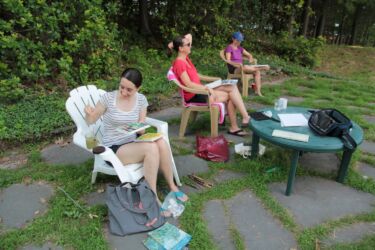
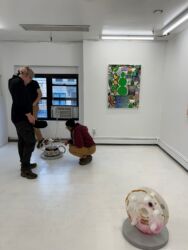
































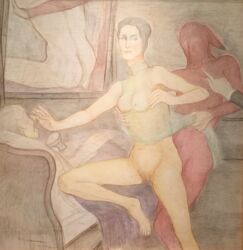
























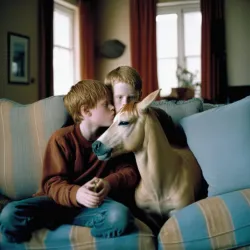





![Illustration credit: Kristine Ellingsen. "The Art Thief's [or Breitwieser's] Treasure Trove."](https://theconversationpod.com/wp-content/uploads/cache/2023/10/illustration-of-the-attic-with-stolen-art/1779355891.jpg)


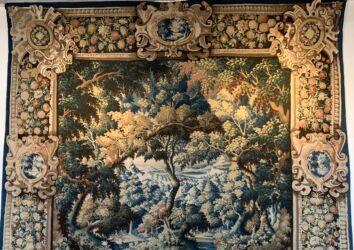


![Illustration credit: Kristine Ellingsen.
"The Art Thief's [or Breitwieser's] Crimes."](https://theconversationpod.com/wp-content/uploads/cache/2023/10/map-with-locations-of-Breitwiesers-thefts/2779745049.jpg)
